Features > Property News & Insights > Market updates
Another week, and yet more blows for Housing Accord targets
.png)
KEY POINTS
- Leaked Commonwealth Treasury advice has revealed the Albanese government has been warned the 1.2 million homes target by mid-2029 is unlikely to be met
- New ABS data shows housing starts remain about 25% behind the pace needed to meet the Housing Accord’s goals
- Cotality reports building costs rose 0.5% in the June quarter, up from 0.4% in March; warns that rising costs are a “key blocker” for increased housing supply
A frank assessment from the Commonwealth Treasury, a jump in home building costs, and continuing weak residential construction data are just the latest setbacks to the Albanese government’s ambitious plan to build 1.2 million homes by mid-2029.
Treasury - the nation’s key economic ministry - has declared the government’s Housing Accord target is unachievable.
Meanwhile, official data from the Bureau of Statistics shows residential construction activity is improving, but is still well below the required pace to meet the target, while a key measure of construction data shows rising costs could threaten the housing pipeline.
Treasury
The ABC reported this week that it has seen independent Treasury advice to the Albanese government which declares the government’s signature housing target is unachievable.
The claim that the 1.2 million homes target “will not be met” was accidentally revealed, following a Freedom of Information request by the national broadcaster.
The ABC had asked to see Treasury’s brief to the re-elected Albanese government following May’s national elections.
While the document - which all incoming governments receive - had been heavily redacted, it appears officials had forgotten to black out the table of contents, which the ABC says included a subheading clearly indicating that Treasury believes the Housing Accord target will not be met.
In late 2022, the Albanese government announced a National Housing Accord had been agreed with the states and territories, major building industry groups, unions and big investors.
The original plan was to help the private sector and state governments build 1 million homes by mid-2029.
The next year, the “aspirational” target was upgraded to 1.2 million new homes, after the Federal government agreed to put more financial incentives to the states on the table.
The ABC says the index of the document secured under FOI also warned the government that taxes "would need to be raised" and spending reduced, if the federal budget was to be sustainable into the future.
At a press conference in Canberra after the embarrassing revelations, Treasurer Jim Chalmers admitted the confidential advice had been made public “in error”, but claimed he was “pretty relaxed about it”.
“Treasury advises governments of both political persuasions – that advice can’t always be adequately captured in the subheadings.”
“We’d rather have a big, ambitious, difficult (Housing Accord) target and work around the clock to meet it … than to continue the approach of our predecessors, which was to build too few homes,” he said.
A recent report from the government’s own National Housing Supply and Affordability Council warned Australia was on track to fall short of the new homes goal by about 300,000 dwellings.
In March, a study commissioned by the Property Council of Australia claimed the government would fall 462,000 homes short of its target.
While Jim Chalmers may claim he is “relaxed”, the fact remains it’s an extremely bad look that Australia’s top economic department and the public servants that he presides over in his ministry as Treasurer, simply don’t believe his public statements.
Housing starts
Figures out this week from the Australian Bureau of Statistics showed the total number of homes commenced rose 11.7% to 47,645 dwellings in the March quarter of 2025.
New house builds rose 6.3% to 27,923, while commencements in the “New private sector other residential” category - which includes apartments - rose 21.8% to 18,161 dwellings.
Master Builders Australia welcomed the jump in housing starts, saying it was the strongest quarterly performance since June 2022.
“This rebound was led by a sharp lift in higher-density home building,” said Master Builders CEO Denita Wawn.
“Higher-density starts rose by 20.9% over the quarter and were 29.1% higher than a year ago.”
However, Ms Wawn sounded a note of caution.
“Despite this uplift, we are still tracking behind what’s required to meet the National Housing Accord targets.
“Since the commencement of the Housing Accord, just 134,466 new dwellings have commenced.
“To stay on track, we would need around 60,000 starts per quarter – we are about 25% short of that pace,” she said.
Independent housing analyst Cameron Kusher was more pessimistic in his review of the commencement figures.
“By the end of March ‘25, we should have commenced at least 180,000 new dwellings nationally… however, we’ve only commenced 134,446 new dwellings over the first nine months of the Housing Accord period,” he said.
“This equates to a shortfall of 45,534 commencements, which is up from a 33,179 commencement shortfall at the end of the first six months of the Housing Accord period.
“The reality is not everything that gets commenced will end up being completed, so in reality we should be commencing more than 60,000 new dwellings a quarter and we’re well behind that target,” he said.
Mr Kusher published the following graph showing how, over time, the gap between the Housing Accord target commencements and actual real-world housing starts is getting bigger and bigger.
Construction costs
Meanwhile, Cotality says construction costs picked up pace slightly to grow 0.5% over the June quarter of 2025.
The data comes from Cotality’s latest Cordell Construction Cost Index publication which measures residential building input costs.
It follows a 0.4% rise in the March quarter.
While the March figure was the lowest quarterly increase since March 2010, Cotality’s Research Director, Tim Lawless, said the reacceleration in the three months to the end of June “is likely to weigh on inflation outcomes, with the cost of new dwellings comprising the largest weight in the CPI calculation.”
He pointed to the annual rate of growth, which has seen construction costs increase by 2.9%, up from 2.6% over the 12 months to June 2024.
Cotality said its data reinforced “commentary from last week’s RBA decision to maintain the cash rate at 3.85%, which explicitly highlighted the reacceleration of growth in the cost of new dwellings via the monthly CPI indicator as a concern.”
“Governor Michele Bullock noted that certain components of monthly inflation - particularly home building costs - had been "slightly stronger than expected", which contributed to the decision to hold rates.”
“With the cost of building a new home continuing to rise, the stretch target of building 1.2 million new homes by July 2029 is looking harder and harder,” Cotality’s Tim Lawless said.
“Builders are struggling with feasibility assessments amid a combination of high material and labour costs.
“Higher construction costs remain a key blocker for getting more desperately needed housing supply into the market,” Mr Lawless said.
“High costs have eroded builder margins and contributed to the housing affordability crisis.”
Stay Up to Date
with the Latest Australian Property News, Insights & Education.




.png?width=292&height=292&name=Copy%20Link%20(1).png)
 SIGN UP FOR FREE NEWSLETTER
SIGN UP FOR FREE NEWSLETTER
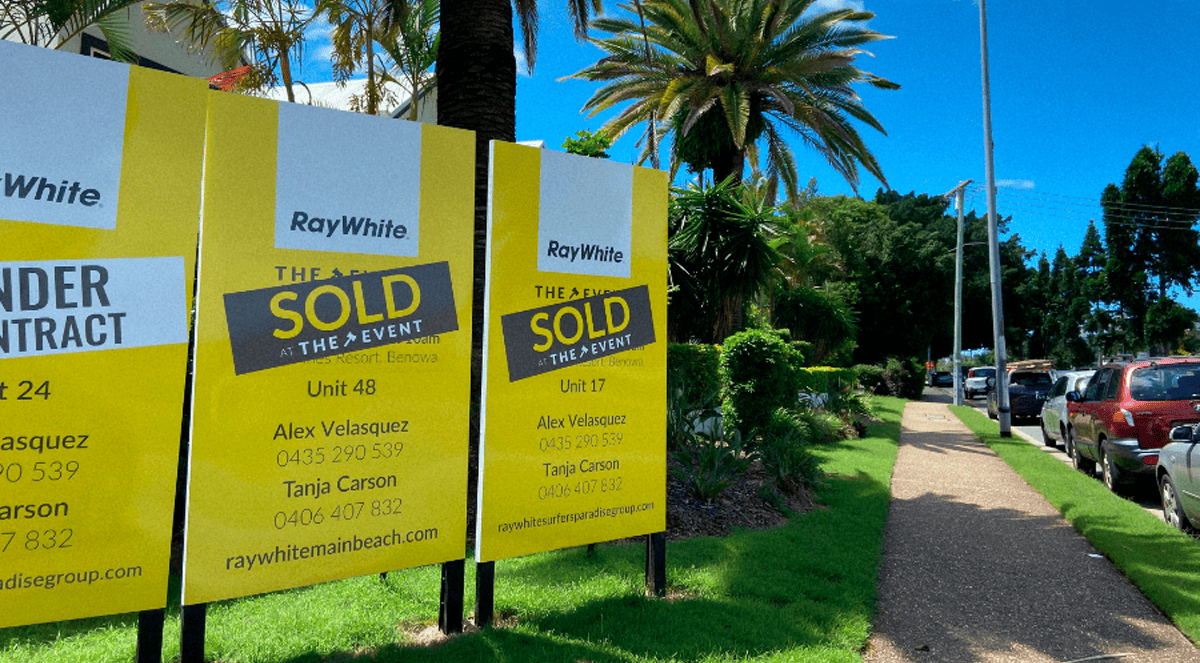
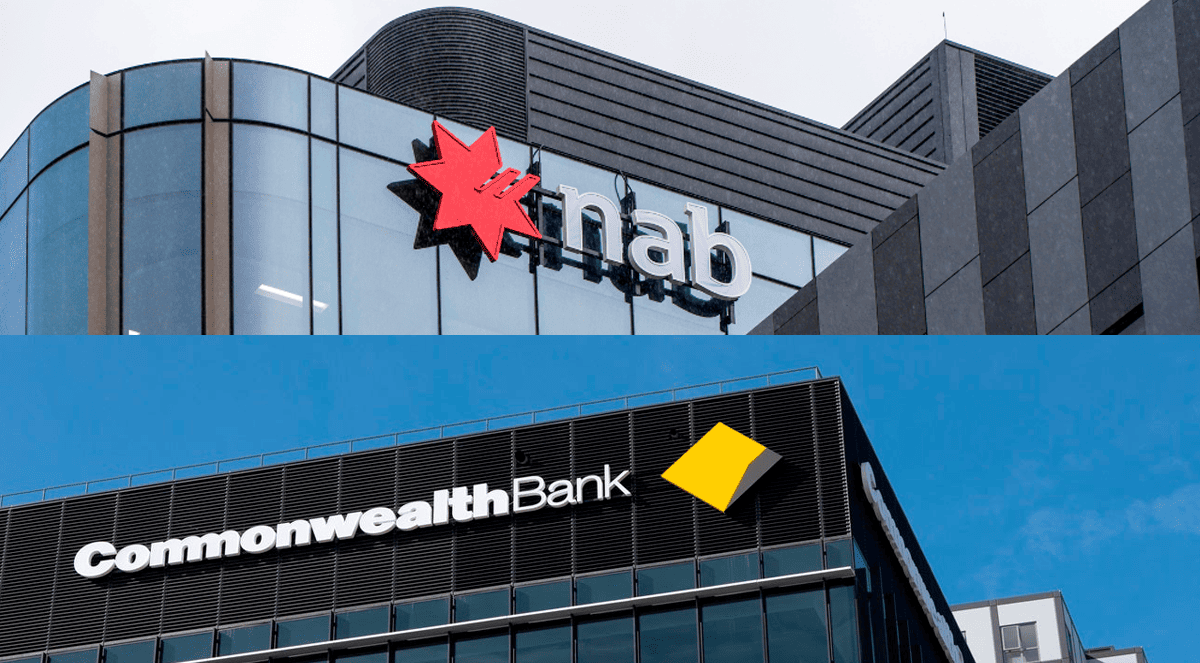
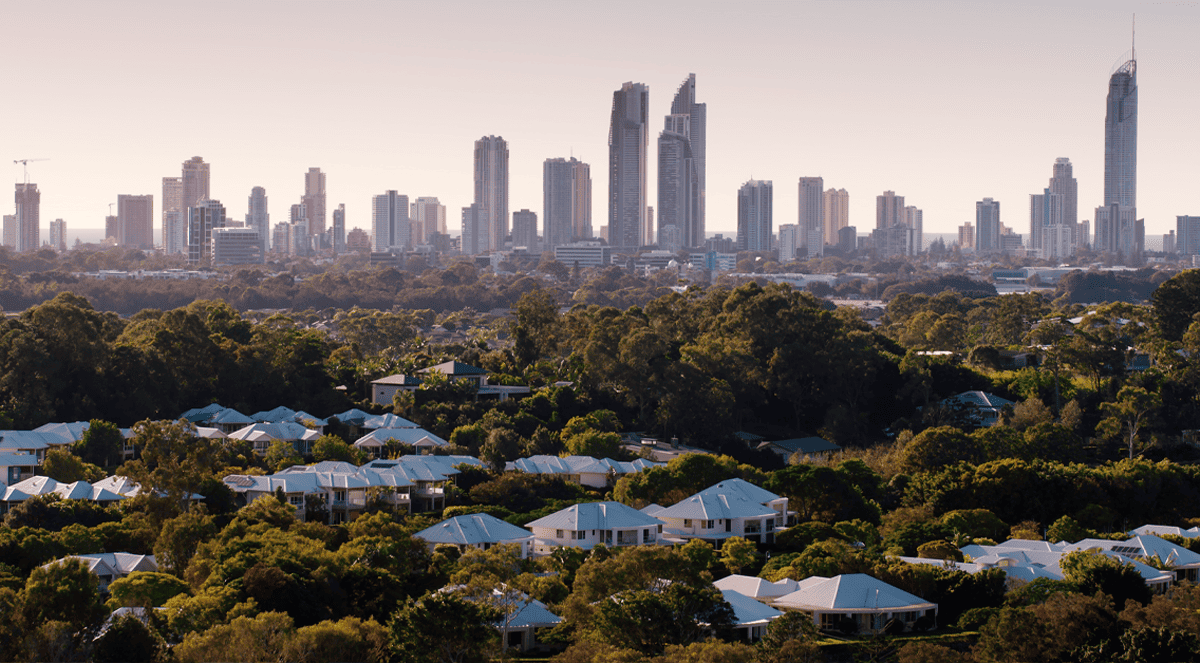
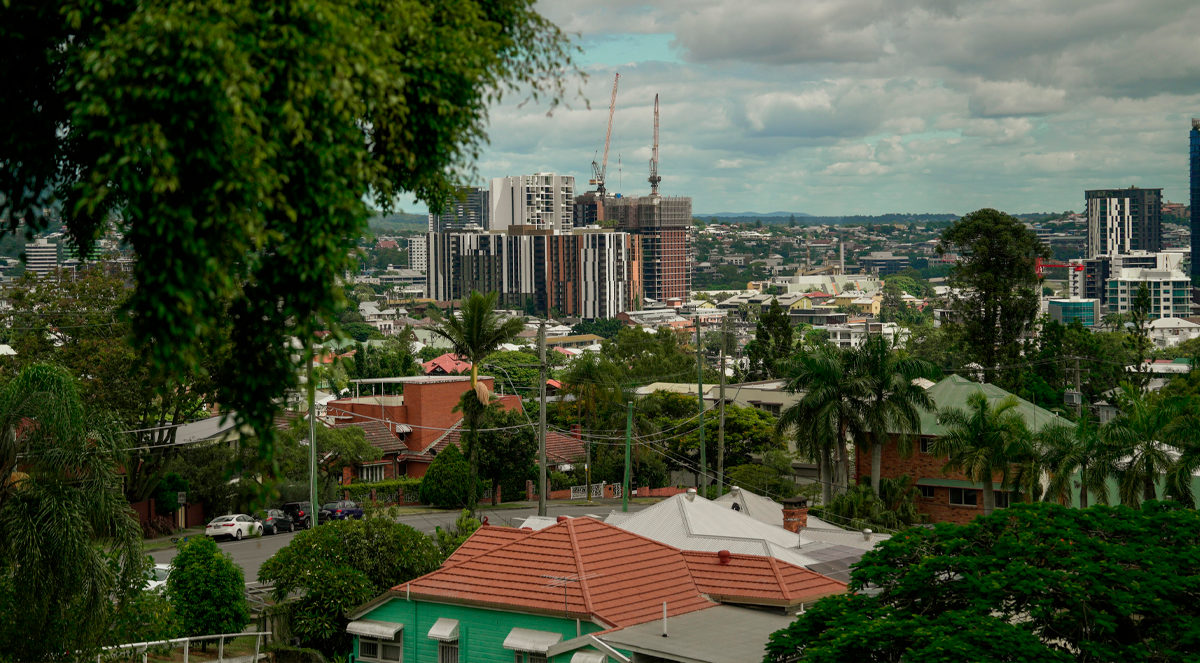
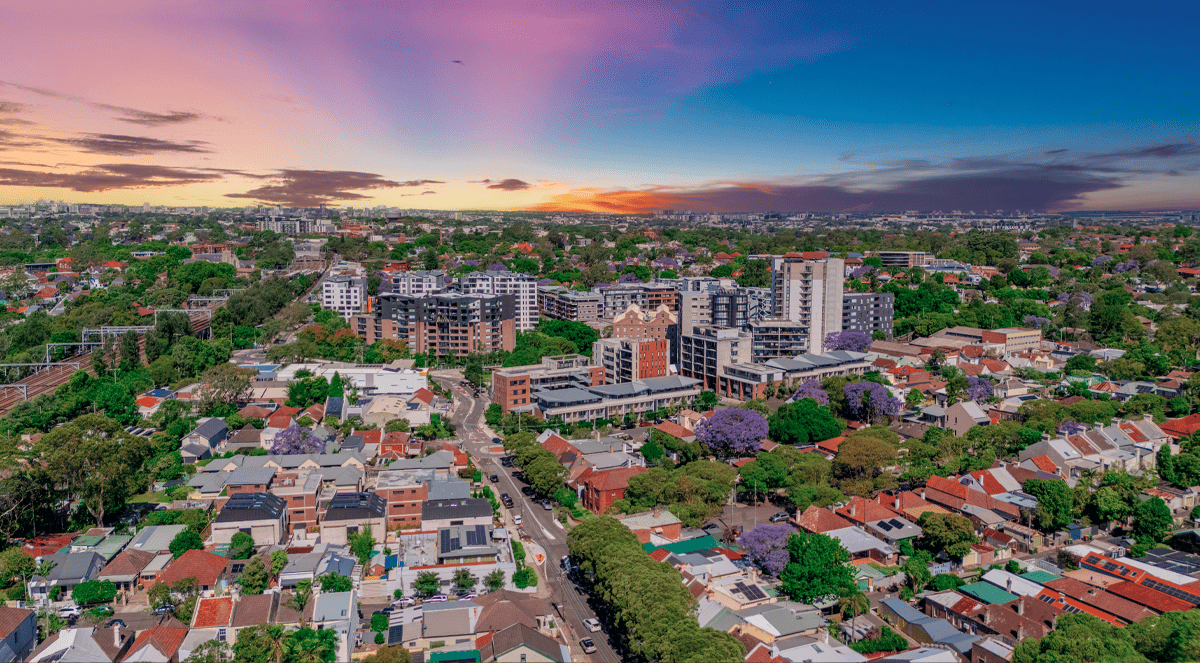
.jpg?width=1920&height=1080&name=Warning%2c%20You%20Might%20Be%20Facing%20Higher%20Taxes%20Soon%20(1).jpg)





.png?width=1920&height=1080&name=Rate%20Drops%20Signal%20BIGGEST%20Property%20Boom%20in%20DECADES%20(1).png)

.jpg?width=1920&height=1080&name=Labor%20vs%20Liberal%20These%20Housing%20Policies%20Could%20Change%20the%20Property%20Market%20Forever%20(1).jpg)
.jpg?width=1920&height=1080&name=QLD%20Slashes%20Stamp%20Duty%20Big%20News%20for%20Investors%20%26%20Home%20Buyers%20(1).jpg)
.jpg?width=1920&height=1080&name=Trump%20Just%20Slapped%20Tariffs%20%E2%80%93%20Here%E2%80%99s%20What%20It%20Means%20for%20Australia%20(1).jpg)
.jpg?width=1920&height=1080&name=Federal%20Budget%202025%20More%20Debt%2c%20No%20Housing%20%E2%80%93%20Here%E2%80%99s%20What%20You%20Need%20to%20Know%20(1).jpg)
.jpg?width=1920&height=1080&name=Australias%20Housing%20Crisis%20is%20about%20to%20get%20MUCH%20Worse%20(New%20Data%20Warns).jpg)
%20(1).jpg?width=1920&height=1080&name=Australias%20RENTAL%20CRISIS%20Hits%20ROCK%20BOTTOM!%20(2025%20Update)%20(1).jpg)
%20(1).png?width=1920&height=1080&name=Is%20Adelaide%20Still%20a%20Good%20Property%20Investment%20(2025%20UPDATE)%20(1).png)
.jpg?width=1920&height=1080&name=RBA%20Shocks%20with%20Rate%20Cuts!%20What%E2%80%99s%20Next%20for%20Property%20Investors%20(1).jpg)
%20(1).jpg?width=1920&height=1080&name=I%20Predict%20The%20Feb%20Rate%20Cut%20(My%20Price%20Growth%20Prediction)%20(1).jpg)
.png?width=1920&height=1080&name=Why%20Property%20Prices%20Will%20Rise%20in%202025%20Market%20Predictions%20(1).png)
.jpg?width=1920&height=1080&name=Why%20Investors%20Are%20Choosing%20Apartments%20Over%20Houses%202%20(1).jpg)
.jpg?width=1920&height=1080&name=Why%20Rate%20Cuts%20Will%20Trigger%20A%20Property%20Boom%20(1).jpg)
.jpg?width=1920&height=1080&name=Retire%20On%202Million%20With%20One%20Property%20(Using%20SMSF).jpg)
.jpg?width=1920&height=1080&name=4%20Reasons%20Why%20You%20Should%20Invest%20in%20Melbourne%20Now%20(1).jpg)
%20(1).jpg?width=1920&height=1080&name=Old%20Property%20vs%20New%20Property%20(Facts%20and%20Figures%20Revealed)%20(1).jpg)
%20(1).jpg?width=1920&height=1080&name=Will%20The%20New%20QLD%20Govt%20Create%20a%20Property%20Boom%20or%20Bust%20(My%20Prediction)%20(1).jpg)
%20Scott%20Kuru%20(1).jpg?width=1920&height=1080&name=Inflation%20Hits%20Three-Year%20Low%20(Will%20RBA%20Cut%20Rates%20Soon)%20Scott%20Kuru%20(1).jpg)
.jpg?width=1920&height=1080&name=How%20to%20Buy%20Investment%20Property%20Through%20SMSF_%20The%20Ultimate%20Guide%20(1).jpg)
.jpg?width=1920&height=1080&name=Victoria%20Slashes%20Stamp%20Duty%20Melbourne%20Set%20to%20Boom%20Scott%20Kuru%20(1).jpg)
.png?width=1571&height=861&name=Are%20Foreign%20Buyers%20Really%20Driving%20Up%20Australian%20Property%20Prices%20(1).png)
.jpg?width=1920&height=1080&name=The%20Single%20Factor%20That%20Predicts%20Property%20Growth%20Regions%20(1).jpg)
%20Scott%20Kuru%20(1).jpg?width=1920&height=1080&name=My%20Prediction%20On%20Rates%20%26%20Negative%20Gearing%20(Market%20Crash)%20Scott%20Kuru%20(1).jpg)

-1.png?width=1920&height=1080&name=Major%20Banks%20Cut%20Rates%20Will%20RBA%20Follow%20Suit%20(Sept%20Rate%20Update)-1.png)
%20Scott%20Kuru-1.png?width=1920&height=1080&name=Rate%20Cut%20Coming%20What%20New%20Zealands%20Move%20Means%20for%20Australia%20(Sept%20Prediction)%20Scott%20Kuru-1.png)
%20(1).jpg?width=1920&height=1080&name=Buy%20when%20the%20interest%20rates%20are%20high!%20(Why%20you%20must%20buy%20now!)%20(1).jpg)
.jpg?width=1920&height=1080&name=Carms_Revised%20Taxes%20Due%20Aug%209%20YT%20Thumbnail02%20(1).jpg)
.jpg?width=1920&height=1080&name=Carms_Too%20Little%20Too%20Late%20Aug%207%20YT%20Thumbnail01%20(1).jpg)









.jpg?width=1920&height=1080&name=Carms_Rate%20Drop%20In%20July%20Jun%2010%20YT%20Thumbnail02%20(1).jpg)
.jpg?width=1920&height=1080&name=Carms_Own%20a%20Property%20V6%20Jun%205_YT%20Thumbnail%20(1).jpg)









.png?width=1920&height=1080&name=Artboard%201%20(3).png)






.jpg?width=1920&height=1080&name=YT%20thumbnail%20%20(1).jpg)

